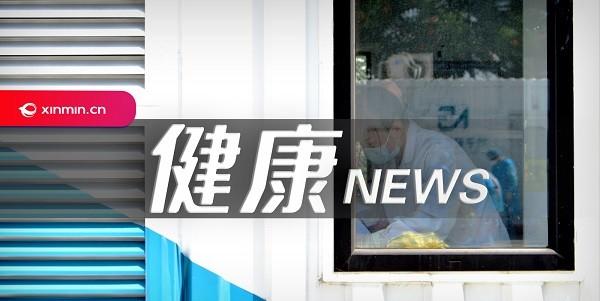
Shencheng opened the cooling mode, and many citizens who were afraid of cold quickly arranged various heating artifacts such as electric treasures and electric heating fans. However, some citizens did not have "frostbite" but were "burned". In this regard, Dai Junlai, director of the Department of Dermatology of Shanghai Renai Hospital, said that do not underestimate low-temperature burns, low-temperature burns have a small area of injury, such as failure to treat in time and effectively or improper treatment, it is easy to cause necrosis of deep tissues, and when it is serious, there will be wound ulceration and prolongation.
Ms. Song, 29, is particularly afraid of the cold, and must make a hot water bottle every night to cover it to sleep peacefully. A few days ago, as usual, she threw the hot water bottle into the bed and went into the bed. I woke up the next day to find a fava bean-sized blister in my left calf. Originally, she did not take it seriously, and after a day the small blisters were red and swollen. The doctor diagnosed that although the burn area was small, the depth had reached two degrees.
"Low-temperature scalding refers to prolonged exposure of the body to a heat source at a medium temperature (generally 44 ° C - 50 ° C), resulting in progressive damage from the superficial layer of the dermis to the deep layers of the dermis and the tissues under the skin." Dai Junlai told reporters that every winter is the peak of low-temperature burns, of which hot water bottles account for 20% of low-temperature burns. Unlike high-temperature burns, the area of low-temperature burns is usually relatively small, round or oval, often located in the heel, sole, shin front of the calf, buttocks, etc. The early appearance is often just a small blister, easy to overlook.
Dai Junlai reminds that do not underestimate this small blister, although the lesion is more limited, but the damage is often as deep as the deep dermis or even the full layer of skin necrosis, that is, the clinically diagnosed deep ii or III degree burns. Moreover, the subcutaneous tissue in the anterior tibia, heel and other parts is relatively thin, and when the burn is serious, it can reach deep into the bone, causing the wound to persist for a long time.
People who are prone to low temperature burns include the elderly, this is because the skin of the elderly becomes thinner with age, skin tone, sensory function, protective effect, and temperature regulation function of the surrounding environment are relatively poor, so the response to temperature stimulation is weak, and it is easy to cause burns under the continuous action of low temperature. At the same time, adolescents are in the stage of intense learning, due to excessive concentration or fatigue caused by reduced sensitivity to temperature, so adolescents are also a high incidence of low temperature burns. In addition, infants and young children are more susceptible to burns than adults because of their thin skin and lack of expression ability.
Experts pointed out that once the low temperature burn is burned, the wound surface is rinsed with cold water in time, cold compresses or towels wrapped in ice cubes are used to apply cold compresses. Cold therapy can quickly cool the wound, reduce the continued damage of heat to the tissue, reduce wound exudation and edema, and reduce pain. The earlier the start of cold therapy, the better, and the duration should preferably be more than 20 minutes, until the wound is not painful or the pain is significantly reduced. After seeing blisters, patients will apply toothpaste, aloe vera glue, etc., which are not recommended medically. Toothpaste is irritating to the skin, if it is fluoride toothpaste stimulation will be greater, and toothpaste does not have anti-inflammatory effect, but also may cause bacterial infection, leaving pigmentation and so on. Aloe vera gel is also one of the must-have products in many citizens' homes, but in fact, aloe vera glue has no anti-inflammatory effect on wounds and is not recommended for the treatment of low-temperature burns.
If local blisters form or the epidermis breaks, it is necessary to go to a burn specialist hospital for further treatment. Wounds can be wrapped in a clean sheet or towel during the visit. In addition, do not apply colored drugs, such as red mercury, purple potion, etc., so as not to affect the judgment of the depth of the wound.
Xinmin Evening News reporter Zuo Yan
【How to prevent low-temperature burns】
Experts pointed out that infants, young children, the elderly, diabetes and blood circulation disorders and other groups of people should try to avoid the use of skin contact heating items, if necessary to use should be specially taken care of, pay attention to the skin conditions at any time;
Do not use items such as electric heating treasures and warm babies while using heating appliances such as electric blankets, and do not use warming items such as warm babies when sleeping;
Avoid direct contact with the skin such as warm baby warming items, the water temperature of the hot water bottle should not be too high, you can put a towel cover on the outside, and avoid contact with the same part for a long time;
After falling asleep at night, the human body is slow to respond to temperature, so it is necessary to control the temperature of the heating appliance before falling asleep to avoid low temperature burns.
Experts repeatedly remind: do not apply ointment or pick up blisters. If only the skin is red with slight pain, it can heal on its own.